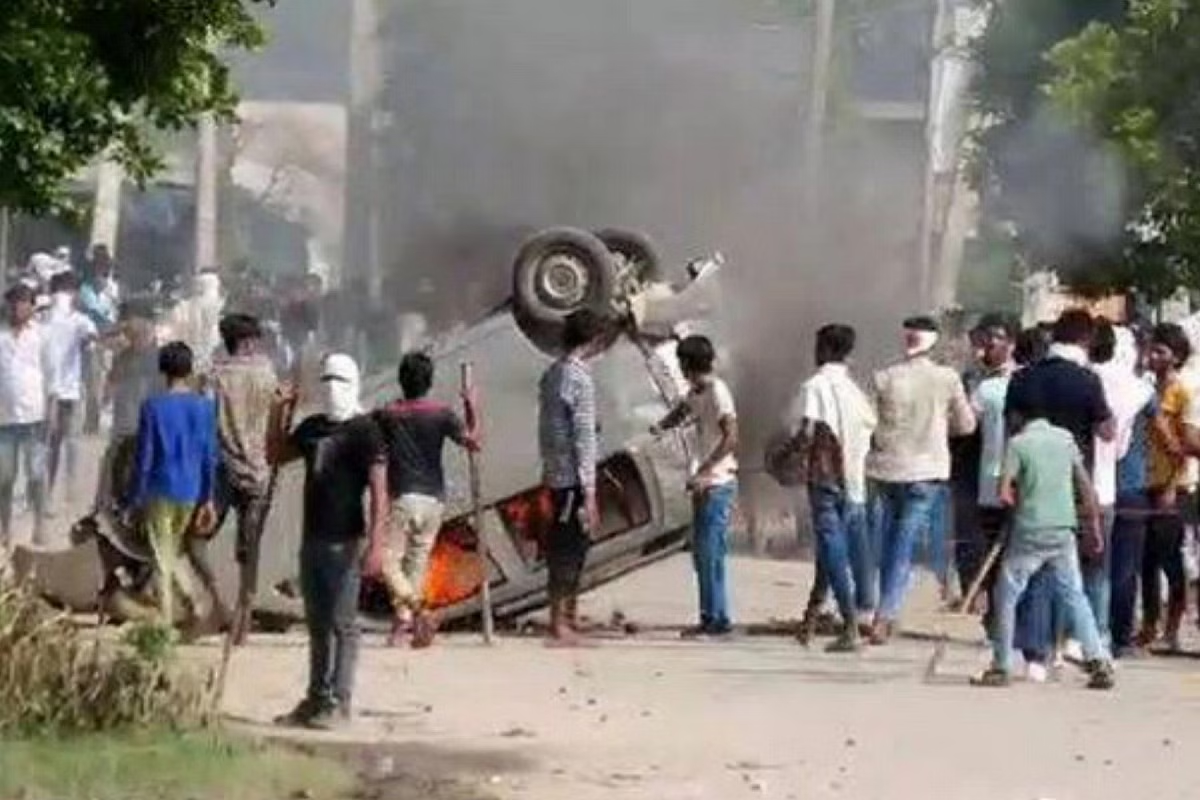Everything you need to know about the truth of Mewat: Hindus Under Attack
In the midst of the recent spate of arson, riots, and communal violence that has swept through Haryana's Nuh, Gurgaon, and Mewat regions, a series of viral photos emerged on social media. However, a closer look reveals that these photos, which have been widely circulated, are at least four years old and hold no connection to the ongoing disturbances. This incident casts a stark spotlight on the role of social media in inciting violence and the urgent need for vigilant monitoring to prevent its dire consequences.
The virality of the photos is attributed to the accompanying text in Hindi, which urges the "brave Hindus of Haryana" to blockade roads, lay siege to Delhi, and challenge the government. These captions laden with inflammatory language use derogatory terms to refer to Muslims, prompting Hindus to consider taking action and rallying behind slogans like "Jai Shri Ram." Such posts effectively exploit sentiments and ignite tensions, highlighting the potential power of misinformation in the digital age.
This incident is far from an isolated occurrence. It underscores the alarming trend of unrest being triggered by posts made by influential individuals on social media platforms. Whether it's a self-proclaimed 'gau rakshak' like Monu Manesar or even former world leaders like the ex-US president, social media has proven to be a potent tool for inciting violence and chaos. As the world grapples with the repercussions of digital misinformation, the need for effective monitoring and responsible online behavior becomes more pressing than ever.
The viral dissemination of these photos is accompanied by text in Hindi, aimed at galvanizing the "courageous Hindus of Haryana" to obstruct roads, impose a siege on Delhi, and challenge governmental authority. Such captions, laced with provocative language, fuel sentiments and sow discord, exploiting existing fault lines and fanning the flames of conflict.
This incident is far from unprecedented. It underscores the troubling trend of turmoil instigated by posts from influential figures on social media platforms. Whether it's a self-styled 'gau rakshak' like Monu Manesar or even a former US president, instances of violence spurred by social media posts are nothing new. As society grapples with the ramifications of digital disinformation, the need for effective surveillance and responsible online conduct becomes increasingly apparent.

